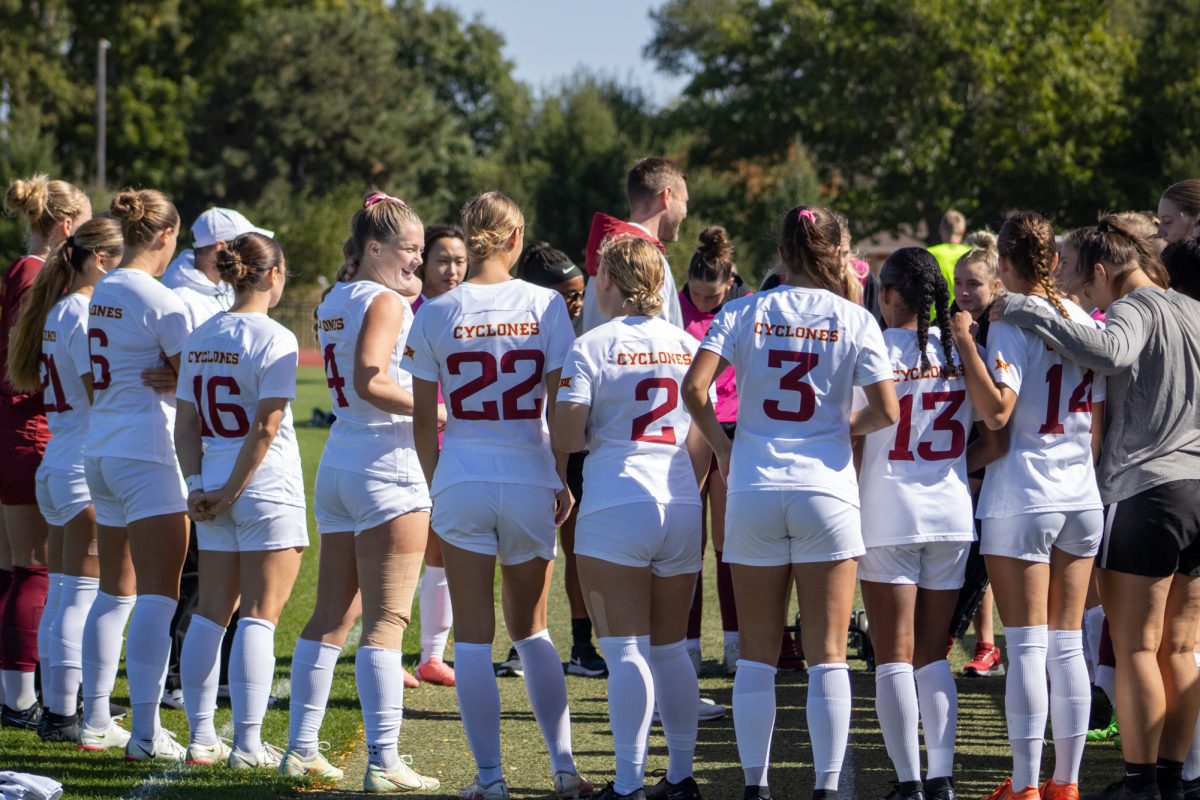Student input influences addition, deletion of courses to ISU Catalog
March 20, 2012
This week marks the beginning of the registration period for fall 2012. Once again, students will log in to AccessPlus and begin the scramble to create their ideal schedule. Amidst the resulting feelings of stress, frustration or — preferably — relief, little thought is given to the logistics behind this process.
How are new courses created? Why are courses dropped? Who has a voice in this operation? The creation of new courses incorporates a thorough, thoughtful process. A new course may begin as an idea submitted by a faculty member.
“In general, faculty members have quite a bit of freedom regarding proposed new course development,” said David Holger, associate provost for academic programs and dean of the Graduate College.
This freedom is limited by the need for the proposed course and the educational opportunity that coincides.
Ideas may also be proposed because of a need, such as changes in field requirements.
Most importantly, students may not be aware that their opinions also have the potential to influence the process of new course creation.
“Student interest may lead a department of a college to initiate a new degree program, requiring the development of new courses,” said Betsy Hoffman, executive vice president and provost.
If enough interest is invested, a course idea is turned into an experimental course. The experimental course is then brought to a department curriculum committee where its inclusion in the catalogue for the department will be considered based on its success. Before the course can be made official, it must be approved by the Board of Regents.
“The review process is intended to allow the proposal for the new course to be considered by the appropriate faculty committees and administrators,” Holger said.
If approved through the review process, the course will then be included in the ISU Catalog, eventually allowing students to add it to their schedule during registration.
The 2012-2013 General Catalog will potentially include 187 new courses, but it may potentially drop 200 courses, creating a net decrease of 13 courses.
Although an overall decrease in the number of courses may sound unnerving, Hoffman reassured students that the decrease is not a concern.
“It is the normal process of learning what students want and do not want to learn,” Hoffman said. “Most of the role of students is expression of interest. Popular classes tend to continue. Unpopular classes with low enrollments that are not degree requirements tend to get dropped.”
Other reasons for dropped courses may include changes in accreditation standards or loss of faculty.






